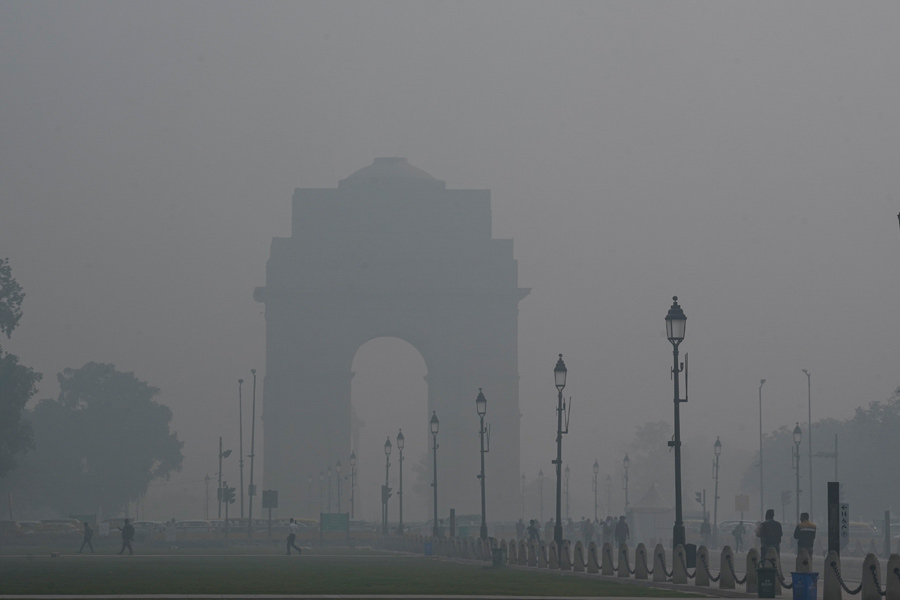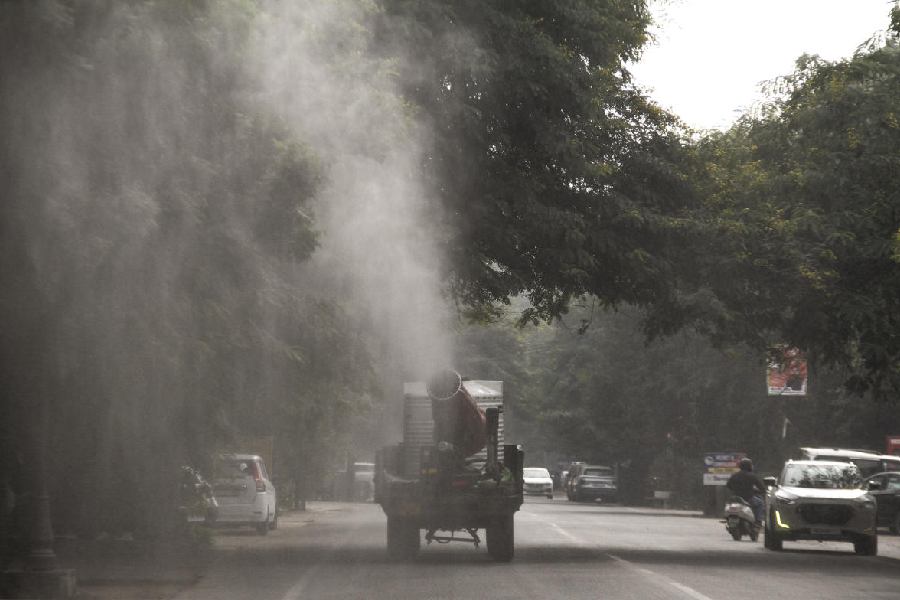Non-compliance of thermal power plants in Delhi-NCR with emission standards is contributing significantly to air pollution in the region, according to a new analysis.
The study by environmental think tank Centre for Science and Environment (CSE) focuses on particulate matter, nitrogen oxide and sulphur dioxide emissions from the 11 thermal power plants (TPPs) in Delhi-NCR and is based on their environmental status reports sourced from the website of the Central Electricity Authority (CEA), a technical arm of the Union Ministry of Power, from April 2022 to August 2023.
According to studies, the TPPs account for around eight percent of the PM2.5 pollution in Delhi-NCR. "Delhi-NCR cannot achieve the clean air benchmark and safeguard public health if continuous sources of pollution, such as thermal power plants, continue to emit pollutants at high levels. These plants have struggled to meet the standards, primarily due to continually shifting compliance deadlines,” says Anumita Roychowdhury, Executive Director, Research and Advocacy, CSE.
The CSE report said that despite multiple deadline extensions and revised categorisations by the Union Environment Ministry, many plants in the region are struggling to meet prescribed norms for emissions of nitrogen oxide, sulphur dioxide and particulate matter. The ministry established stringent emission standards for coal-based power plants in December 2015, requiring compliance within two years. Later, it granted a five-year extension to all power plants except those in Delhi-NCR which were given until 2019 to comply due to the region's high pollution levels.
Despite this, except for Dadri TPP and Mahatma Gandhi TPP, all NCR plants failed to meet the revised deadline and continued operating in violation until another extension in March 2021.
The ministry then categorised all power plants, including those in Delhi-NCR, into three groups (A, B, and C) based on criteria set by the Central Pollution Control Board (CPCB).
New deadlines were set accordingly: Category A plants must meet SO2 emission norms by December 31, 2024. Category B plants have until December 31, 2025, to meet the SO2 emission norms and Category C plants are required to comply with SO2 emission norms by December 31, 2026.
Except for Dadri, Indira Gandhi, Mahatma Gandhi, and Panipat TPPs, the remaining seven plants were classified under Category C, granting them additional time for compliance.
Almost six years after the first deadline, three plants in the NCR -- Harduaganj TPP, Panipat TPP, and Guru Hargobind TPP — are still reporting very high suspended particulate matter emissions, the CSE report said.
The CSE researchers said that despite the government relaxing nitrogen oxide norms and deadlines, four plants – Panipat TPP, Rajiv Gandhi TPP and Yamunanagar TPP in Haryana and Guru Hargobind TPP in Punjab -- have exceeded the NOx norms several times during the reporting period.
All coal power plants in NCR have reported SO2 emissions up to three times over the prescribed limits.
While Mahatma Gandhi TPP remains within the limit for sulphur dioxide emissions, Dadri TPP, equipped with sulphur dioxide control equipment (FGD), reported high SO2 readings 86 percent of the time during the reporting period.
Researchers suggest that either the FGDs at Dadri TPP are malfunctioning or have insufficient capacity, or the coal used has very high sulphur content.
DD Basu, former director of the CPCB, said controlling SO2 emissions is essential, as they convert to sulphates, posing greater risks to health and the environment by forming fine particulate matter.
Except for the headline, this story has not been edited by The Telegraph Online staff and has been published from a syndicated feed.











